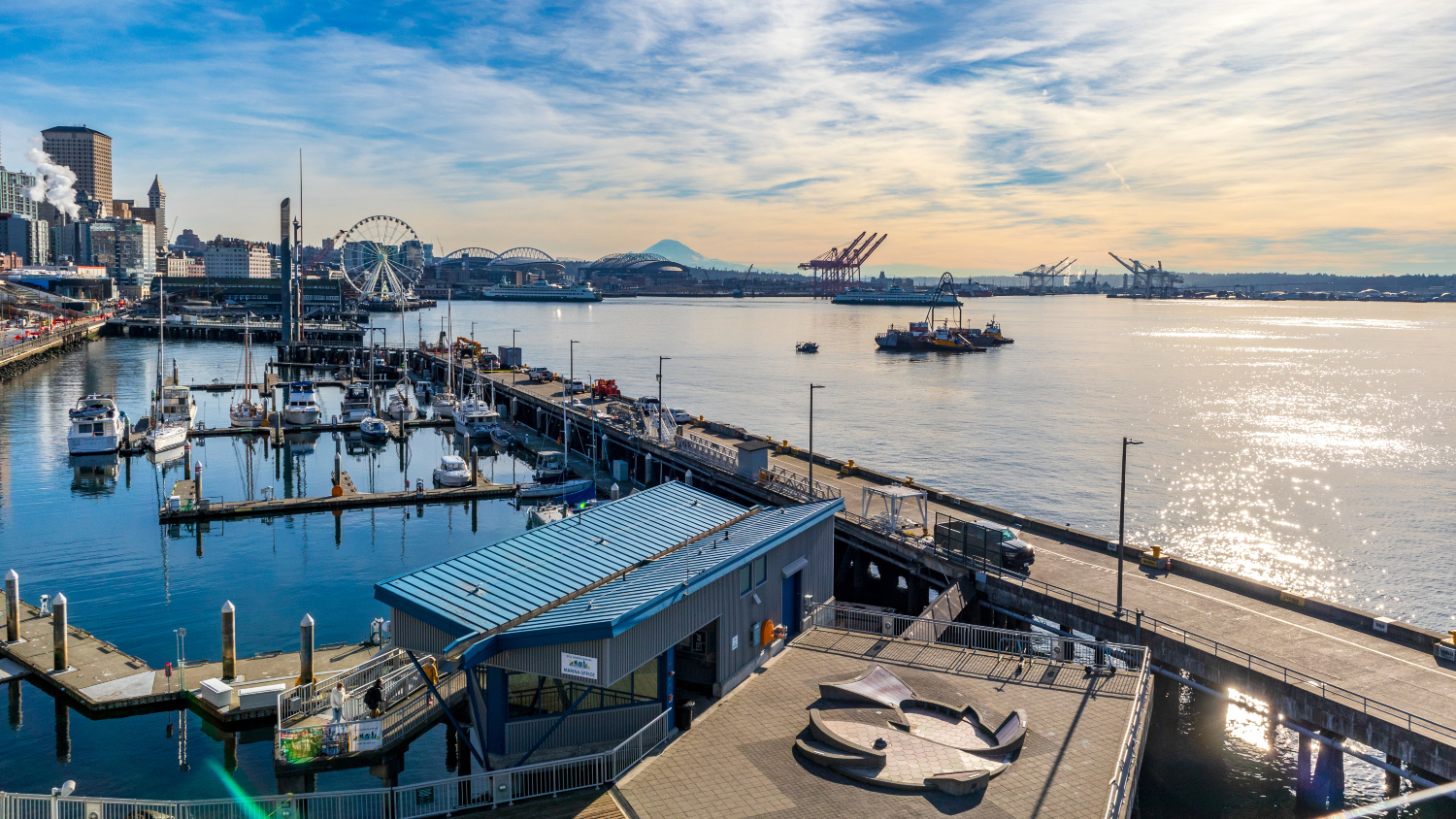The year 2025 ushered in dramatic shifts, driven by US policy changes under President Trump. Emphasizing an “America first” agenda, the US imposed protectionist tariffs and quotas targeting China, the European Union, Canada, and others. This upheaval nearly halted China-US trade, with negotiations ongoing and final tariff levels remaining uncertain. The threat of punitive tariffs has slowed international trade, as exporters seek alternative markets amid unpredictable consumer pricing.
Proposed US penalties on Chinese vessels calling at US ports, alongside measures to curb Chinese shipbuilding dominance, added further complexity. While a six-month grace period delays final implementation, the potential for severe penalties has led some vessels to avoid US ports, affecting not just Chinese owners, charterers and all shipping players in general. The US tactic of announcing aggressive measures only to later scale them back has delayed trade agreements, amplifying uncertainty.
So, where does this leave the global banking industry? Despite these disruptions, the global banking industry has taken such turmoil in its stride. Bank loan budgets have held firm, margins have not risen, and competition persists. Banks are largely awaiting for the dust to settle, while shipowners service loans reliably, supported by robust liquidity, with defaults remaining rare. Bank loan flows continued unabated, though second-hand vessel sales slowed due to high vessel values relative to cashflow. On the positive side, increased newbuilding deliveries for dry cargo and tankers spurred additional bank lending.
One welcoming change for banks has been the concern by many owners with existing Chinese leases or imminent newbuilding deliveries with having such leasing finance showing a ‘Chinese owner’. This concern has manifested itself in some US quoted public companies and others converting financings from Chinese leasing to conventional bank loans. We are receiving reports that both major Western banks and their clients have been achieving lower cost refinancings by replacing previous leasing and bank loan transactions as loan margins have fallen and they are also able to obtain longer maturities. The Chinese leasing model is rigid and Chinese banks and leasing houses are not geared to replace leasing with bilateral mortgage lending.
Furthermore, China’s financial authorities have a prohibition for bank loans to non-Chinese owners. Some loans bypass these restrictions via Hong Kong, but Chinese banks are not positioned to replace leasing with traditional mortgage lending. The unresolved tariff disputes and potential US penalties on Chinese vessels cloud the long-term outlook for Chinese leasing and international trade’s impact on vessel values and cashflows.
The long-awaited fall in US interest rates has not occurred, as the Federal Reserve monitors inflation and employment pressures from Trump’s policies. No doubt a US interest rate reduction would assist the shipping and banking industry. For the time being, vessel values are on a decline path, but this has not been alarming and has the signs of an adjustment. The overwhelming majority of owners (public and private) are looking to add to their fleets as soon as the outlook clarifies and vessel values are deemed to offer value for money.
Shipbuilding orders also shifted. As of June 2025, China held a 67% and S. Korea an 18% share of the total orderbook. Thus far, regarding new orders placed in 2025 only, Chinese ones stand at 52.6%, while South Korea’s 32%. This diversification may reflect the current geopolitical tensions prompting buyers to look beyond China.
The global banking industry has navigated 2024’s challenges with resilience, adapting to competition, regulatory shifts, and geopolitical disruptions. Looking to 2025, uncertainty looms from US-led trade policies, but banks and shipowners remain poised to respond. Key trends to watch include global ship finance totals, the trajectory of Chinese leasing amid US pressures, and whether Western banks significantly expand their portfolios. As the industry awaits clarity, preparation and flexibility will define its path forward.
Source: Petrofin Research




